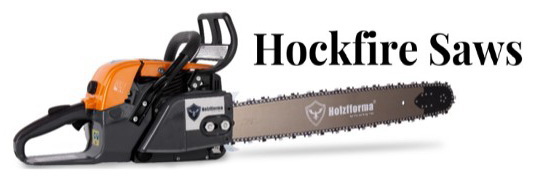jake wells
no longer here
That is why I leave it to the professionals.Sounds easy but getting 0.000 runout is a beeeotch
That is why I leave it to the professionals.Sounds easy but getting 0.000 runout is a beeeotch
OK, guess I've mostly seen 461s and 661s, which look a lot different.
Crystal clear, well, I dont know how to play with those timings they has
all strato engines have an intake that looks like this. the top port is the air/ fuel port like a standard engine. the lower port/s is the fresh air port/s.
the fresh air does not enter directly into the crankcase.

it goes through the extra ports that look like transfer port. these are lower then the transfers and are never open above the piston crown.

the piston has closed cut outs on the side that open and close a path from the fresh air ports to the transfer ports. this allows the fresh air to go down the transfer backwards. all 4 transfers are filled with fresh air. so now the first thing to come out of the transfers is fresh air. the fresh air is supposed to flush out the spent charge ahead of the fresh air/fuel charge. this is supposed to reduce air / fuel charge losses out the muffler.
the truth is that this dilutes the spent charge with fresh air so when the epa sticks there sniffer up the tail pipe the percentages of hydrocarbons is low enough to pass.
hope this helps
hope he doesnt drop his cellphone down in the box of vaseline again, would be embarrasing for him to go through it againand more then one thread. lol

all strato engines have an intake that looks like this. the top port is the air/ fuel port like a standard engine. the lower port/s is the fresh air port/s.
the fresh air does not enter directly into the crankcase.

it goes through the extra ports that look like transfer port. these are lower then the transfers and are never open above the piston crown.

the piston has closed cut outs on the side that open and close a path from the fresh air ports to the transfer ports. this allows the fresh air to go down the transfer backwards. all 4 transfers are filled with fresh air. so now the first thing to come out of the transfers is fresh air. the fresh air is supposed to flush out the spent charge ahead of the fresh air/fuel charge. this is supposed to reduce air / fuel charge losses out the muffler.
the truth is that this dilutes the spent charge with fresh air so when the epa sticks there sniffer up the tail pipe the percentages of hydrocarbons is low enough to pass.
hope this helps
I was thinking the same thing myselfSuch a tease
Lovely work as usual RandyCutting the squish and cylinder extension.
View attachment 89729 View attachment 89730 View attachment 89731 View attachment 89732 View attachment 89733
So where do you use the belt sander?
So where do you use the belt sander?
Sent from my SM-N900P using Tapatalk
Knowing a great machinist is a rare privilege indeed!
I'm really impressed that you guys have figured out how to port the 261 strato jug (for gobs of torque) without gutting it!!!
Is it just the carb that has to have the divider removed on these critters?
EDIT: I'm guessing the carb boot divider must get cut as well?
You so smart n stuffsIt's pretty much everything but the carb on this model. If you remove the divider from the carb it throws the low pressure signal off to the point that it doesn't run well.
So the stratos actually do what fingers try to accomplish opening a few degrees in advance?
all strato engines have an intake that looks like this. the top port is the air/ fuel port like a standard engine. the lower port/s is the fresh air port/s.
the fresh air does not enter directly into the crankcase.

it goes through the extra ports that look like transfer port. these are lower then the transfers and are never open above the piston crown.

the piston has closed cut outs on the side that open and close a path from the fresh air ports to the transfer ports. this allows the fresh air to go down the transfer backwards. all 4 transfers are filled with fresh air. so now the first thing to come out of the transfers is fresh air. the fresh air is supposed to flush out the spent charge ahead of the fresh air/fuel charge. this is supposed to reduce air / fuel charge losses out the muffler.
the truth is that this dilutes the spent charge with fresh air so when the epa sticks there sniffer up the tail pipe the percentages of hydrocarbons is low enough to pass.
hope this helps






